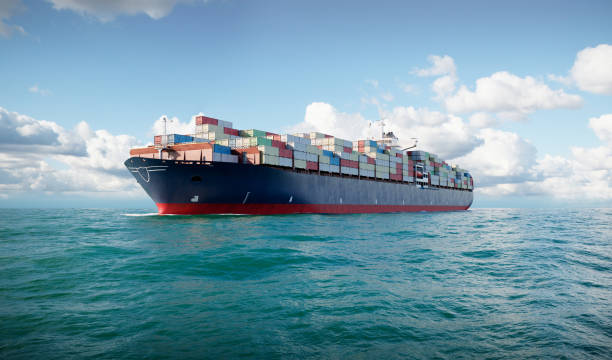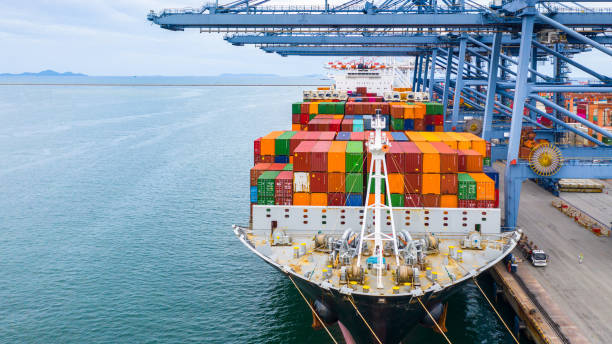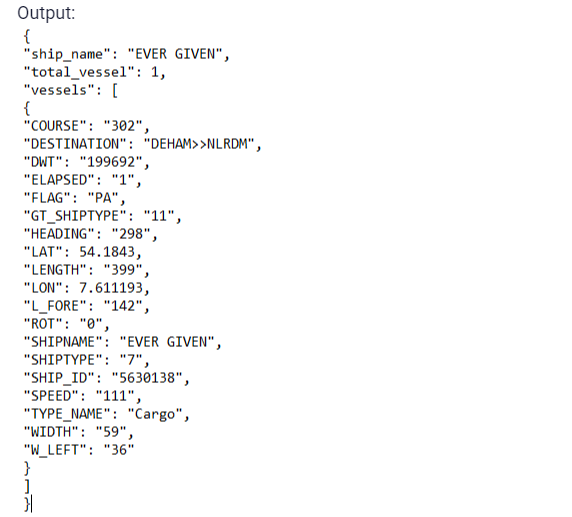Is It Possible To Create A Ship Database With An API?
Do you need to find a good API to find maritime traffic data? We have the best choice for you!
A ship database is a digital collection of information about ships that are currently in operation or have been in operation in the past. The purpose of a ship database is to provide a centralized and easily accessible source of information for various stakeholders in the maritime industry, including shipowners, ship managers, port authorities, insurers, and maritime regulators.
One of the primary purposes of a ship database is to ensure compliance with international regulations and standards for maritime safety and security. These regulations, such as the International Convention for the Safety of Life at Sea (SOLAS) and the International Ship and Port Facility Security (ISPS) Code, require ship operators to maintain detailed records of their vessels’ characteristics, equipment, and operational history. A ship database can help ship operators ensure that they are in compliance with these regulations by providing an efficient and accurate way to store and access this information.
Another important purpose of a ship database is to assist in the management of the shipping fleet. Shipowners and managers can use the information in a ship database to make informed decisions about the acquisition, operation, and maintenance of their vessels. For example, they can use the data to track a vessel’s performance, schedule maintenance and repairs, and plan routes and cargo shipments. This can help them optimize their operations, reduce costs, and improve safety. To tackle the task of creating this kind of database, it’s important to be able to get information on the ships at sea. Thankfully, APIs have come to the forefront when it comes to easily tracking ships.
How Do You Track A Ship?
Tracking ships is essential for the safety, compliance, efficiency, and security of the maritime shipping industry. With the vast number of ships transporting goods and raw materials across the globe, real-time tracking enables shipping companies to monitor vessel movements, ensure compliance with international regulations, optimize shipping routes, and respond quickly to potential threats.
As the shipping industry continues to grow and evolve, tracking technology will become even more critical in ensuring its continued success and sustainability. Currently, APIs are at the forefront of innovation because APIs allow automation, and they provide developers with a library of pre-built functions that can be easily integrated into their applications. This can significantly reduce the time required to develop new features, as developers do not have to build these functions from scratch. Instead, they can simply use the APIs to access pre-built functionality, speeding up the development process. We recommend Zyla’s Vessel Traffic Information API, which is a great fit if you are trying to create a database with data in real-time.
How Do I Get It?
To make use of it, you must first:
1- Go to Vessel Traffic Information API and simply click on the button “Subscribe for free” to start using the API.
2- After signing up in Zyla API Hub, you’ll be given your personal API key. Using this one-of-a-kind combination of numbers and letters, you’ll be able to use, connect, and manage APIs!
3- Employ the different API endpoints depending on what you are looking for.
4- Once you meet your needed endpoint, make the API call by pressing the button “run” and see the results on your screen.



